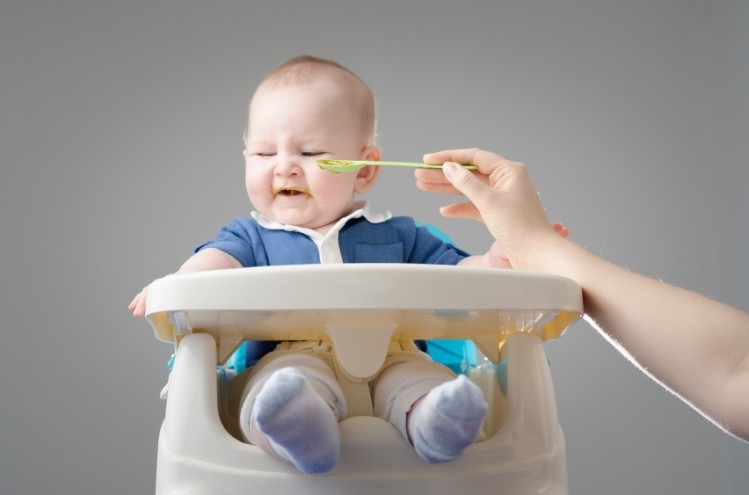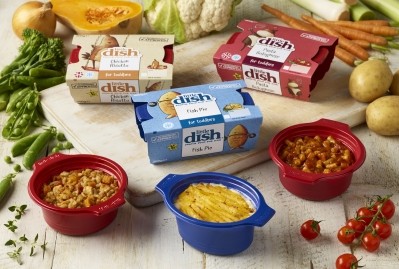Food neophobia: Toddlers reject new food smells

The researchers from the Centre of Taste and Food Sciences and the University of Paris-Ouest in France looked at the food neophobia of 123 toddlers aged 20 to 22 months.
Published in the journal Appetite, the results suggested rejection of novel foods in neophobic boys could be partly due to food odour.
“This conclusion is consistent with the tendency of neophobic children to refuse novel foods before tasting them,” they wrote.
They said past research failed to look at reactions to smell and taste separately and these latest results showed greater research on this differentiation was needed.
“A better understanding of the association between children's chemosensory differential reactivity and food neophobia is essential for developing strategies to improve the quality of children's dietary intake.”
Why are children fussy?
Food neophobia – the reluctance to try new foods – is common in children aged two to six and is thought to be a defence strategy that prevents children from ingesting poisonous substances when unsupervised.
No significant correlations for girls regarding smell or taste reactivity were found and the researchers said the higher level of food neophobia seen in boys could be a reflection of this protective function because boys exhibited more active exploratory behaviours than girls.
“Boys may therefore be more responsive than girls to smell cues in the context of feeding because of their higher exploratory tendencies,” they said.
Despite this positive purpose, it can also have negative consequences for diet quality – lowering diet variety and fruit and vegetable intake.
“Because fruits and vegetables are known to be nutrient-rich low-calorie foods that can contribute to the prevention of many chronic diseases, including cardiovascular diseases and some cancers, determining the factors associated with children's food neophobia is a challenging priority for both public health and education,” they wrote.
The research entailed two sensory lab tests: one testing taste at 20 months old and a second testing smell at 22 months old. The parents also completed questionnaires about how the children reacted to foods at home (“spontaneously accepts novel food,” “pulls a face when offered a novel food”).
The smells tested were: strawberry, peach/apricot, apple, vanilla, green vegetables, sulphurous vegetables, cheesy and rancid butter, fishy and scentless. The tastes were those a child might encounter in amniotic fluid during pregnancy or during breast or formula milk feeding: lactose for sweet, sodium chloride for salty, urea for bitter, monosodium glutamate for umami and citric acid for sour.
The paper came as part of the Opaline birth cohort (Observatory of Food Preferences in Infants and Children) and was part-funded by infant food producers Blédina, Nestlé and Symrise and French trade group the Centre for Studies and Documentation of Sugar (CEDUS).
Source: Appetite
Published online ahead of print, doi:10.1016/j.appet.2015.07.021
“Smell differential reactivity, but not taste differential reactivity, is related to food neophobia in toddlers”
Authors: S. Monnery-Patris, S. Wagner, N. Rigal, C. Schwartz, C. Chabanet, S. Issanchou and S. Nicklaus
























